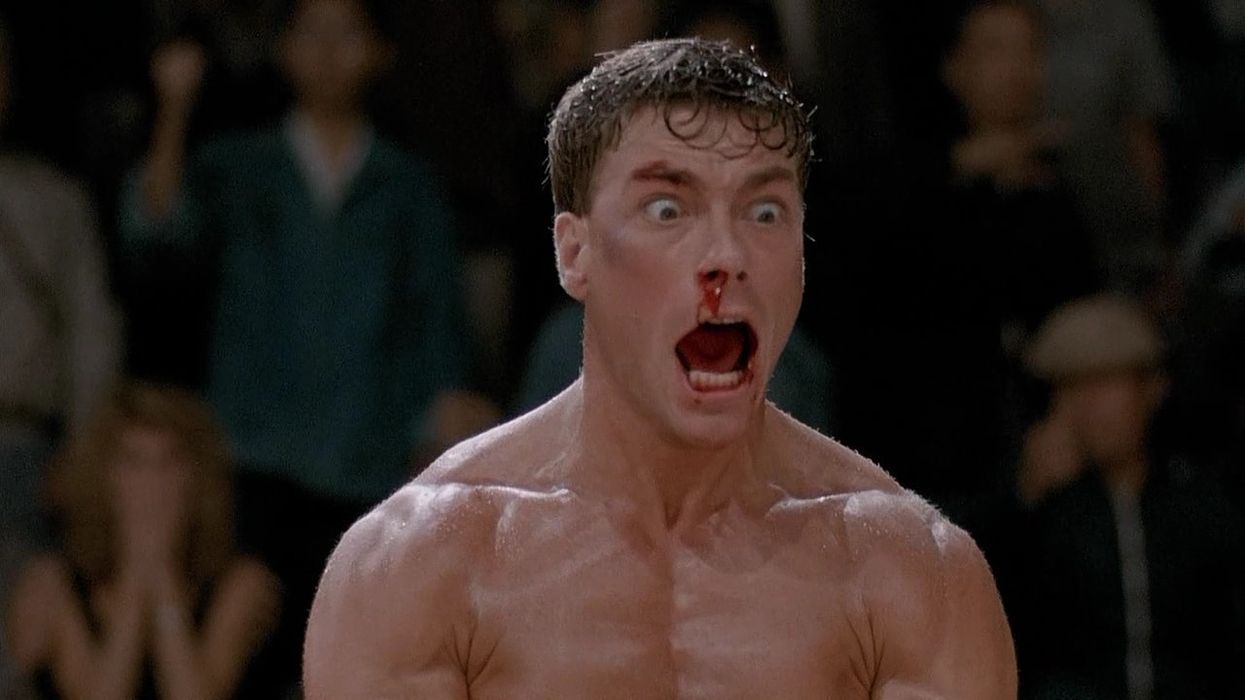Watch: Tips from Amar Sidhu on How to Construct an Action Sequence

The vast majority of my filmmaking education came from just grabbing a camera, shooting stuff, and making (terrible) movies. One film I shake my head particularly hard at is one, actually the only one, that happens to have a fight scene in it, because once I started to edit it together, I realized I didn't know squat about constructing a fight scene. For those of you who can relate, actor/writer/producer Amar Sidhu shares a few tips for building your action sequences in a Film Courage interview, from how to prepare to what to clothe your actors and stuntmen in to ensure more safety. Check out the video after the break.
One word describes my filmmaking style perfectly: spontaneous. I'm a grab and go kind of gal -- no scripts, limited gear, script to screen within 24 hours. That's all well and good, I guess, unless you're dealing with an action sequence.
One of the most important things Sidhu lays out in his interview is to be well-prepared. Without plenty of planning and practice, your action sequence could end up looking unrealistic, or even worse, impossible to put together in any kind of coherent way in post.
Film Courage interviewed Sidhu and asked him to share some advice on putting together action sequences. Check it out below:
Have more than one camera
If you have access to another camera, take advantage, because unless your action sequence is extremely planned out and well-practiced, there are bound to be variations in the action that will make editing difficult. Even if it is extremely planned out and well-practice, there will probably be variations. Adding another camera may save some time and wall-punching later.
Choreograph! Choreograph! Choreograph!
Sidhu says:
When you're doing an action sequence, storyboard everything first. So, if you don't believe in storyboarding, when it comes to action, storyboard, so you know exactly where your key players are going to be.
When it comes to dance, choreography pertains to the movement of a dancer, but in filmmaking, it includes not only the actors, but the camera (and all that goes into cinematography) as well. Storyboarding your fight scene's choreography is integral for the obvious -- letting your actors know how to move their bodies, but also for getting the coverage you need for your sequence.
Practice for Smoothness & Safety
Not only will practicing help your actors run through the movements in a more natural way, it'll also keep them safe, which is the most important thing.
For low-budget independent films, our action isn't going to be like cars racing through streets. It's not going to be like guys jumping from building to building. It's going to be guys or gals punching each other. That's the bottom line. Punching each other, going through windows, landing on concrete. A lot of the time, with small independent films, you don't have the proper safety gear. It's dangerous, and you've got to practice, practice, practice.
Sidhu gives a great tip in the video below about how a simple wardrobe change can keep your actors and stuntpeople safer.
I didn't foresee what could go wrong with a bathroom fight scene between two girls, one of which wearing only a towel. I know now that a lot can go wrong. Too much time reshooting, minor injuries, and an almost unsalvageable sequence in post were my rewards for not planning things out ahead of time. I learned the hard way, but not everybody has to.
What do you think about these tips? Are there any that you can share? Let us know in the comments.
[via Film Courage]












